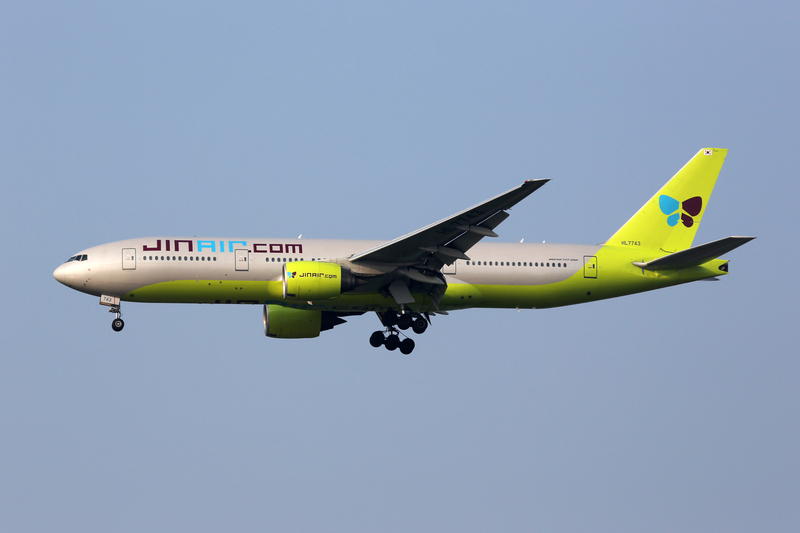“How Did He Get That Far?”: Teen Slips Through Ben Gurion Security And Onto An EL AL Jet

ID 37249407 | El Al © Rebius | Dreamstime.com
A 13-year-old managed to move through multiple layers of departures control at Tel Aviv Ben Gurion (TLV) and board an EL AL flight bound for New York—without a ticket, boarding pass, or passport. According to local reports, the boy tailed an adult through checkpoints, wandered duty-free, then took a jumpseat-designated crew seat minutes before departure, where cabin crew spotted the anomaly and intervened. He was removed before pushback and later questioned by authorities. EL AL says Israel’s Airports Authority is investigating.
Why this is so alarming at TLV
Ben Gurion is frequently described as one of the world’s most security-conscious airports. Departing passengers usually hit several gates of control: airline questioning at check-in, document checks before and after central security, biometric exit control at passport desks or eGates, and a final boarding pass scan at the gate. Slipping a single net is rare; slipping all of them suggests either tailgating (physically following a legitimate traveler through controlled points), human-factor lapses at one or more stations, or a combination of both on a busy evening bank.
The most plausible breach points
Even with strong procedures, airport security is still a choreography of people and machines. A few places the chain can stretch:
-
Crowd tailgating: In queues and at eGates, tight spacing or momentary inattention can let a non-entitled person pass behind a legitimate traveler.
-
Process assumptions: Staff sometimes rely on upstream checks (“they must’ve been screened already”)—a known human-factor trap when multiple agencies and contractors share the flow.
-
Gate area bustle: During pre-departure, agents handle late connections, reprints, wheelchair assists, and operational changes. A determined minor with situational awareness can exploit those milliseconds of divided attention.
None of this implies weak systems; it underlines that layered security only works when every layer stays taut.
How the crew caught it
Cabin crews reconcile several headcounts: the manifest total, boarded total, special seats (like crew rest or augmented crew positions), and any last-minute changes. A child sitting in a seat tagged for a jumpseat occupant or in a blocked seat for weight-and-balance would immediately stand out. Once the numbers don’t add up, the purser alerts gate or ground security; doors stay open or are re-opened until the discrepancy is resolved.
What investigators will look at
Expect a rapid, multi-agency debrief covering:
-
CCTV time lines mapping the boy’s route from curbside to gate.
-
Swipe/scan audits at each checkpoint to see where a document was not scanned or where two bodies followed a single credential.
-
Staffing & workload at the relevant points (was there a surge? shift handover? equipment down?).
-
Physical barriers (one-way corridors, anti-passback gates, and whether any were propped, overridden, or malfunctioning).
These reviews typically trigger quick “containment fixes” (added marshals, adjusted queueing, stricter spacing at eGates) while the deeper root-cause analysis runs.
Legal and welfare considerations for a minor
Because the individual is 13, the response balances aviation security with child welfare. Authorities will try to establish intent (runaway, dare, curiosity) and safeguard the child while determining whether any adult facilitated the breach. In most jurisdictions, airlines aren’t penalized for an attempted unauthorized boarding discovered by crew, but an airport or state authority may issue directives to tighten procedures.
Should travelers be worried?
This incident is unsettling precisely because TLV’s reputation is so strong. But the outcome also shows the layered defense worked before takeoff: even after earlier misses, the final barrier—the crew’s reconciliation and security sense—stopped an unauthorized passenger from flying. Expect short-term visible changes at TLV: more staff at document choke points, stricter spacing at eGates, and extra gate presence during boarding.
What this says about “world-class” security
No system is error-proof when humans are involved. Airports depend on redundancy: if one layer frays, the next catches it. The lesson here isn’t that TLV’s model fails; it’s that even exemplary systems need constant tuning against low-tech tactics like tailgating. The public will likely never see the full report—but you’ll notice the fixes in crisper document checks and a little more patience required in the queue.
Bottom Line
A teenager without documents made it far deeper into the sterile side at TLV than anyone would expect, reaching an EL AL cabin before crew spotted the mismatch and halted departure. It’s embarrassing for an airport famed for rigor, but it’s also a case study in layered safety working at the final step. Authorities will tighten the seams; crews will keep counting; and passengers should be ready for a bit more scrutiny as those seams are re-stitched.





